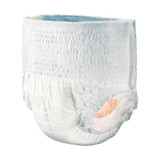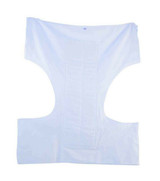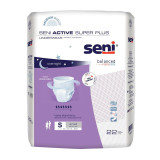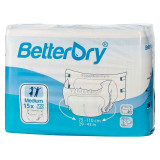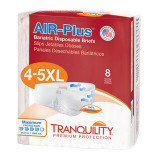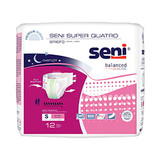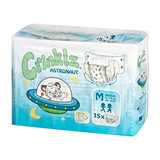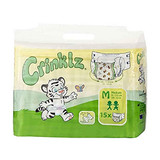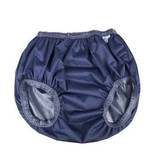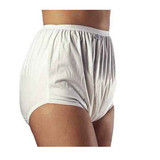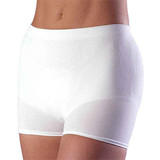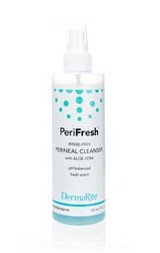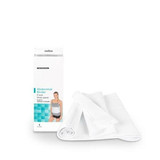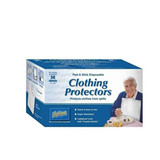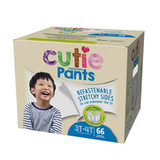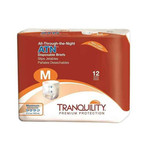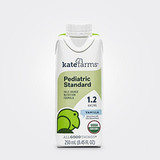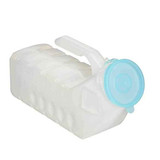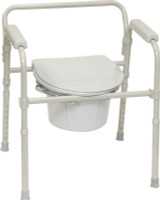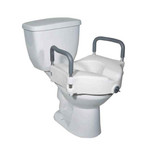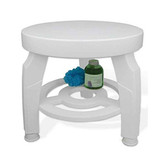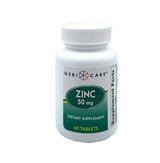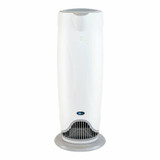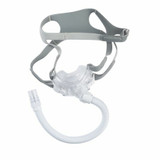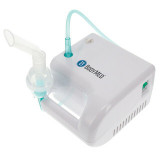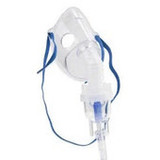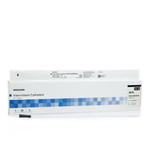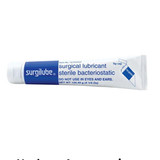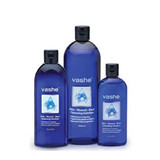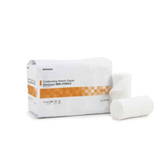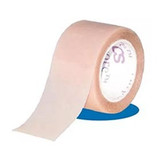
The Caregiver Guide - Wound Care Essentials for Seniors
Have you ever wondered how many injuries the average person will sustain during their lifetime? Well, estimates vary, but according to an infographic published in The Atlantic, the average person in the UK suffers 9,672 minor incidents. That’s about one every three days. This probably holds for the US as well.
While most of these injuries are hardly noticeable and have no impact on day-to-day life, many require swift attention to prevent further damage. For older adults, quick action is even more important as the skin becomes more fragile, more prone to injuries and slower to heal than younger people.
Wound care for older adults is a little more complex and takes into consideration the individual’s overall health, mobility limitations, and underlying medical conditions. It’s important to understand the different types of wounds, how to clean and dress them appropriately and monitor healing progress. It’s also helpful to have some preventive strategies in place to avoid wounds in the first place.
Common Wounds Types in Seniors
Older people are more susceptible to certain types of wounds that require special care and attention. Identifying these wounds correctly and timeously facilitates appropriate treatment and helps prevent complications.
Surgical Wounds. Surgery is more common among older adults, and it's crucial to monitor the healing process of surgical wounds. Signs of infection, such as redness, swelling, warmth or discharge, should be promptly treated. Consult a healthcare professional if the infection persists.
Pressure Ulcers. Also known as bedsores, pressure ulcers usually develop when a person spends long periods in the same position. They typically occur over bony areas like the hips or tailbone. Changing position regularly and maintaining good skin hygiene can help prevent pressure ulcers.
Diabetic Wounds. Older adults with diabetes are at a higher risk of developing diabetic wounds due to poor circulation and nerve damage. These wounds often manifest as ulcers on the feet or lower extremities. Maintaining stable blood sugar levels and proper foot care help manage diabetic wounds.
The Importance of Proper Wound Care for Seniors
The wound-healing process inevitably slows with age. According to an article in the National Library of Medicine, the slowing affects all phases of healing. This can be attributed to age-related changes in skin structure, reduced blood flow, and underlying health conditions. Since slower healing increases the risk of infection or complications, it is important to provide specialized care tailored to the situation.
Proper wound care involves regularly assessing existing wounds, looking for new ones, and starting treatment immediately. Consult a healthcare professional if wounds don’t show consistent healing progress or if signs of infection linger.
Essential Wound Care Supplies
Let’s now look at some essential products and supplies that you should always have on hand to ensure effective wound care:
Cleansers. An older person’s delicate skin requires gentle cleansing to avoid irritation or damage. Look for mild, non-irritating cleansers specifically designed for wound care.
Sterile Dressings. It's advisable to have a supply of sterile dressings in various sizes to cover and protect wounds from external contaminants.
Medical Tape or Bandages. Dressings must be held securely in place to prevent them from shifting and exposing the wound.
Wound Healing Ointments. Specialized ointments can promote healing and prevent infections in wounds. Look for products containing ingredients like aloe vera, vitamin E, or antimicrobial properties.
Saline Solution. Saline solution is an excellent choice for cleaning wounds as it helps remove debris and bacteria without stinging or causing irritation.
Disposable Gloves. To avoid potential infections, disposable gloves should always be worn when handling wounds or applying ointments.
For expert advice on wound care supplies, contact the team at LL Medico. We have over 25 years of experience in senior care and stock a comprehensive range of quality wound care products. On the wound prevention side, we can also advise on mobility aids, diabetic supplies and personal care items. Call us at (855) 422-4556 or email [email protected].
Wound Care Basics
Following a few basic but very important steps can help promote quicker healing and prevent infections or other complications.
Clean and disinfect the wound to remove dirt and bacteria. Saline irrigation is recommended for gentle cleansing without causing further damage.
Avoid harsh chemicals that can irritate the skin and delay healing.
Choosing between moist or dry healing depends on the type of wound. While some wounds benefit from being kept moist to promote cell growth and reduce scarring, others may require a dry environment for optimal healing.
Proper bandaging helps protect the wound from contamination and provides support during the healing process.
Other Considerations
Wound care goes beyond just the physical wound itself. Several peripheral considerations contribute to the optimum healing or prevention of wounds.
Proper nutrition plays a vital role in the body's ability to repair and regenerate tissue. To support the healing process, focus on a diet rich in protein, vitamins (especially vitamin C and zinc), and minerals.
Hydration is another key factor. Adequate hydration helps maintain skin elasticity, which can contribute to faster wound healing.
Chronic conditions such as diabetes or circulatory issues often affect wound healing. Work closely with a healthcare provider to manage these conditions effectively and optimize wound healing.
Limited mobility can lead to pressure ulcers or bedsores, so it's essential for older adults to stay active within their physical capabilities. Regular movement helps improve blood circulation and reduces the risk of skin breakdown.
When dressing wounds on delicate skin, gentle handling and proper application of dressings are critical. Use non-adhesive or silicone-based dressings to help prevent further damage.
Keep the wound clean, dry, and protected from further injury or infection. Change dressings regularly and look out for any signs of infection or complications.
Wound Prevention
The best way to deal with wounds is to prevent them from happening at all. As Hippocrates said, "The best doctor is the one you never need."
Falls are a common cause of injuries that can lead to wounds. Simple measures such as removing tripping hazards, installing grab bars in bathrooms, and ensuring adequate lighting can help reduce the risk of falls. Regular exercise improves strength and balance and can also help in preventing falls.
Proper skin care helps in maintaining skin integrity and preventing wounds. Keeping the skin clean and moisturized, avoiding prolonged exposure to moisture or friction, and promptly addressing any cuts or scrapes can help prevent skin breakdown.
Foot care is particularly important for people with diabetes or circulation issues, as they are more prone to developing foot ulcers. Practice good foot hygiene, regularly inspect feet for signs of injury or infection, and wear appropriate footwear.
Poor medication management can lead to detrimental side effects or interactions. Always take medications as prescribed and be aware of potential side effects that may affect wound healing. Speak to your healthcare provider if you have any doubts.
Conclusion
There’s no doubt that wound care can be somewhat more challenging in older people. However, understanding the risk factors and applying a few basic techniques makes it much easier to manage wounds effectively. We hope this article has provided some insight and better equipped you to deal with your own wounds or those of a loved one you care for.




